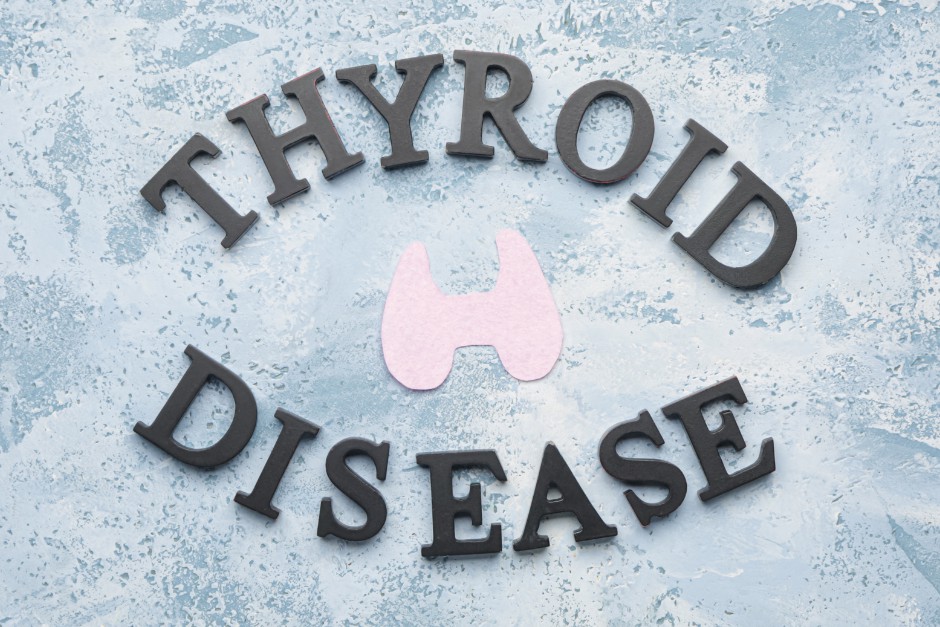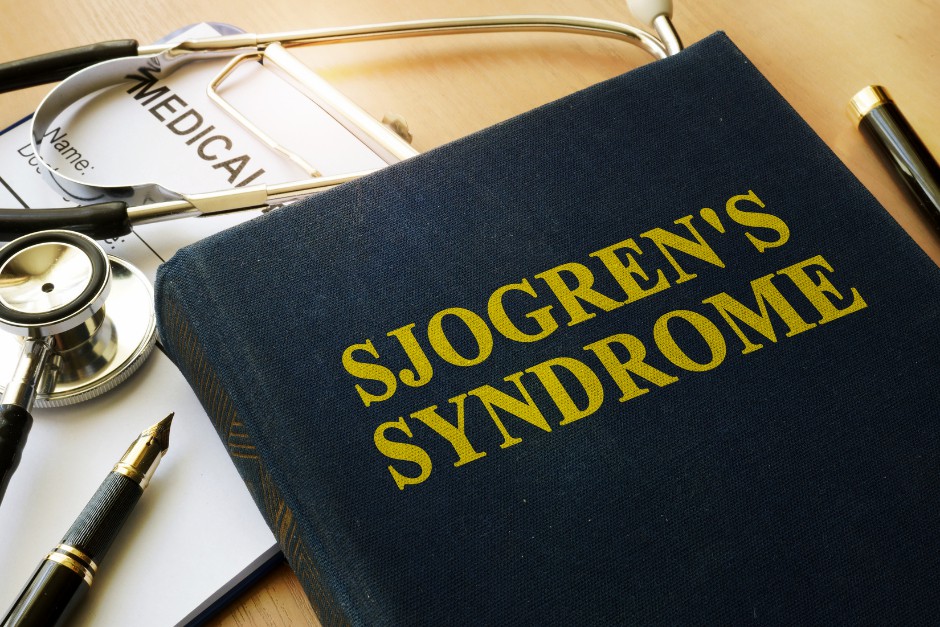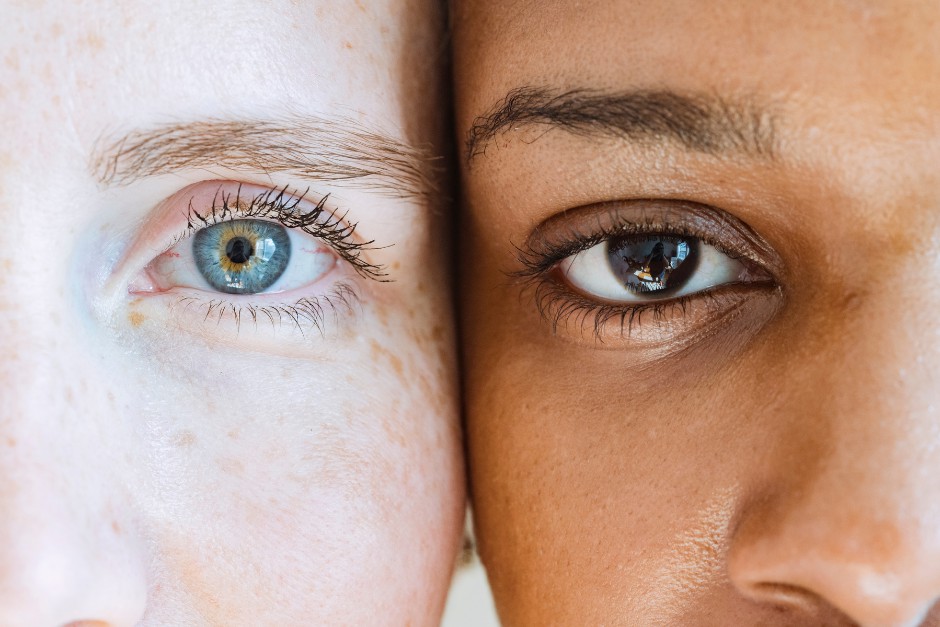Peripheral Vision Loss (Tunnel Vision): Symptoms, Causes, and Treatments
Peripheral vision loss, often referred to as tunnel vision, is a condition where one loses the ability to see objects outside of the central vision. This can significantly impact daily activities and quality of life. In this article, we'll explore the symptoms, causes, and treatments for peripheral vision loss, providing valuable insights for those affected ... Read more











